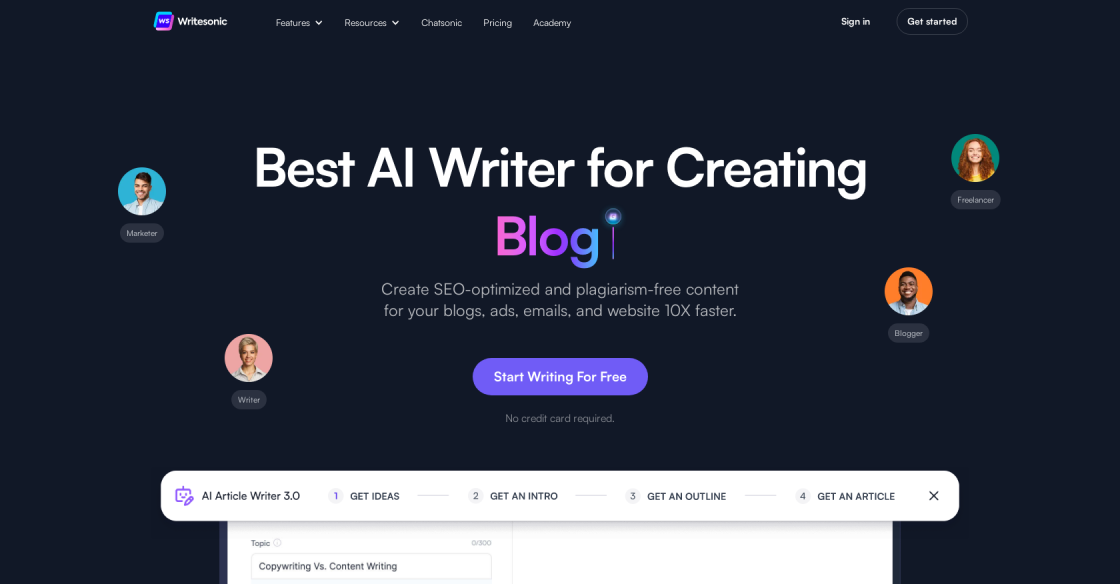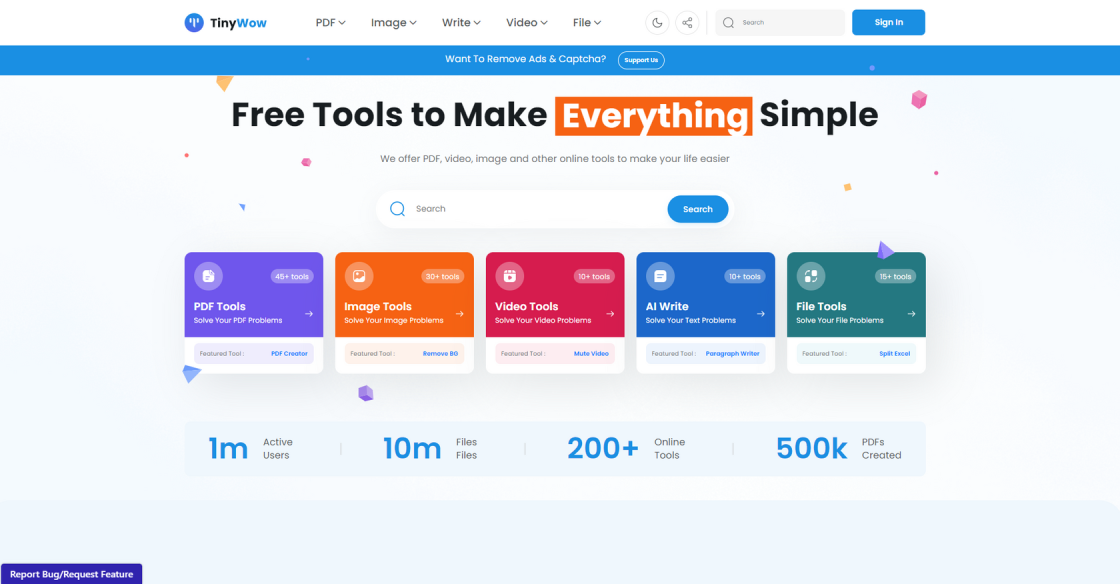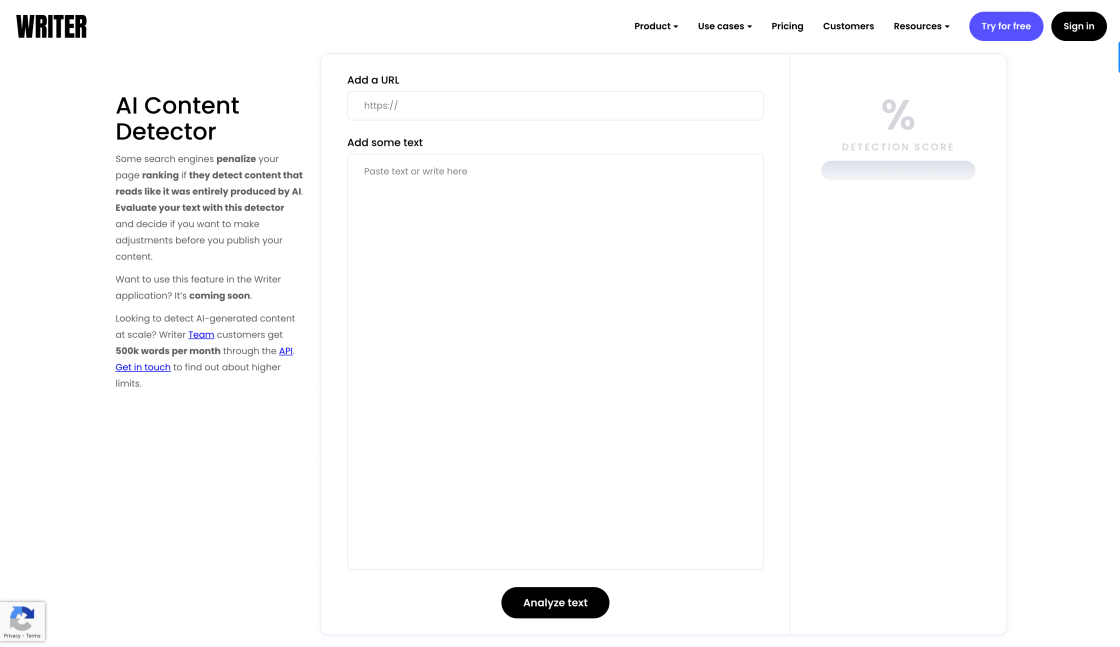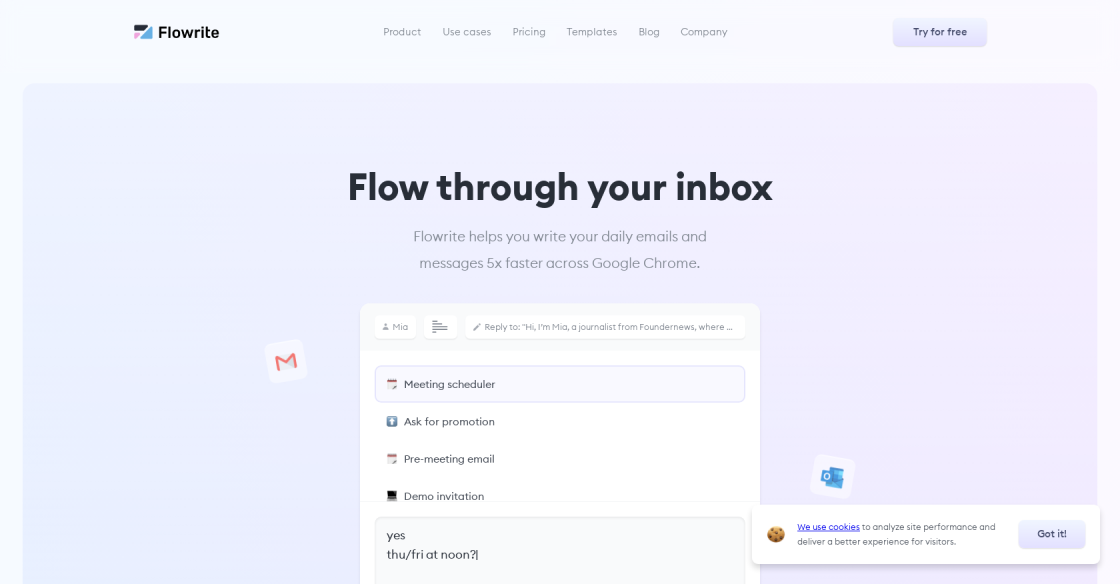

TensorFlow Agents is a powerful tool that allows developers to implement reinforcement learning models with deep neural networks in TensorFlow. With the help of this library, users can create intelligent agents that learn from their environment and improve their decision-making abilities over time. By leveraging the power of deep learning, TensorFlow Agents can be used to solve a wide range of complex problems in fields such as robotics, gaming, and finance. In this article, we will explore the capabilities of TensorFlow Agents and how it can be used to create cutting-edge AI solutions.
DialogFlow, formerly known as API.AI, is a powerful tool designed to create conversational interfaces such as chatbots. It offers a user-friendly interface and supports various languages. With its natural language processing models, it allows developers to build chatbots that can understand human input and provide relevant responses. Furthermore, DialogFlow integrates with popular messaging platforms, making it an ideal choice for businesses that want to enhance their customer support or automate repetitive tasks. In this article, we will explore the features and benefits of DialogFlow and how it can be used to build intelligent chatbots.
Amazon AWS AI Services is a set of powerful Artificial Intelligence tools designed to help developers and data scientists build, train, and deploy Machine Learning applications with ease. This suite of services offers a range of intelligent solutions including natural language processing, speech recognition, computer vision, and more. With Amazon AWS AI Services, businesses of all sizes can leverage the power of AI to drive innovation, streamline operations, and gain a competitive edge in today's digital landscape.
Flip.AI is an innovative customer service automation platform that leverages the power of artificial intelligence. With its advanced technology, Flip.AI helps businesses streamline their customer service operations and improve overall customer experience. This AI-powered platform provides automated responses to customer queries, allowing businesses to handle more customer requests efficiently. In this age of digital transformation, Flip.AI has emerged as a game-changer for companies looking to enhance their customer service capabilities.
Amazon Web Services (AWS) has recently introduced AWS AI, a suite of AI services that allows developers and businesses to build and deploy intelligent applications easily. This suite of services includes machine learning, natural language processing, speech recognition, and computer vision, among others. With AWS AI, developers can leverage advanced algorithms and models to create intelligent applications that can automate tasks, recognize patterns, and make predictions. AWS AI is a game-changer for businesses looking to incorporate artificial intelligence into their operations, helping them drive innovation and improve customer experiences.
Element AI is a revolutionary cloud-based platform that has been designed to empower developers with the ability to quickly create and deploy AI models on any data. The platform offers an efficient way to leverage artificial intelligence technologies and drive innovation in various industries. With Element AI, developers can harness the power of AI and machine learning capabilities to design solutions that meet their specific needs, improve decision-making processes, and enhance overall business performance. This powerful platform is an essential tool for anyone looking to explore the potential of AI technology and take advantage of its many benefits.

Wolframalpha
Wolfram|Alpha: Computational Intelligence

Writesonic
Writesonic - Best AI Writer, Copywriting & Paraphrasing Tool

TinyWow
Free AI Writing, PDF, Image, and other Online Tools - TinyWow

AI Content Detector
AI Content Detector | GPT-3 | ChatGPT - Writer

Tome AI
Tome - The AI-powered storytelling format

Voice.ai
Custom Voice Solutions

GPT-3 Google
GPT-3 Is Quietly Damaging Google Search

Flowrite
Flowrite - Supercharge your daily communication
Natural Language Processing Toolkit (NLP) is a fascinating and rapidly growing field of artificial intelligence that has revolutionized the way we interact with machines. Natural language processing is a set of machine learning algorithms that enable computers to understand, interpret and generate human language. In other words, NLP is a subset of AI that deals with the interaction between human language and computers. With the advent of NLP, computers can now analyze, interpret, and respond to natural language in ways that were previously impossible. NLP is used in various applications such as chatbots, virtual assistants, sentiment analysis, and machine translation. This technology has enabled businesses and organizations to provide more personalized and engaging customer experiences, automate mundane tasks, and make data-driven decisions. NLP has also played a significant role in advancing research in areas such as linguistics, psychology, and cognitive science. This article explores the essential elements of NLP, its applications, and how it is shaping the future of technology.
NLP is a set of machine learning algorithms that can understand and process human natural language.
NLP has a wide range of applications, including sentiment analysis, chatbots, speech recognition, and text summarization.
NLP works by breaking down human language into smaller components, such as words and phrases, and then analyzing them using machine learning algorithms.
NLP can help automate repetitive tasks, improve customer service, and enhance overall efficiency in various industries.
Python is the most commonly used programming language for NLP, but other languages like Java and R can also be used.
NLP can process various forms of human language data, including text, voice, and even images containing text.
Some of the main challenges of NLP include dealing with ambiguity, understanding context, and handling rare or new words.
The accuracy of NLP depends on the quality of the training data used and the complexity of the task at hand.
Yes, NLP can be used in multiple languages, but it requires specific language resources and models to be trained for each language.
Some popular NLP tools include NLTK, spaCy, Stanford NLP, and Apache OpenNLP.
| Competitor | Description | Key Features |
|---|---|---|
| Google Cloud Natural Language API | A cloud-based NLP service that can analyze text and extract insights. | Sentiment analysis, entity recognition, syntax analysis, content classification, multilingual support, integration with Google Cloud Platform. |
| IBM Watson Natural Language Understanding | A cloud-based NLP service that can analyze text and uncover insights about content. | Sentiment analysis, entity recognition, concept extraction, keyword extraction, emotion detection, natural language generation, customization options. |
| Microsoft Azure Cognitive Services - Text Analytics | A cloud-based NLP service that can analyze text and extract insights. | Sentiment analysis, entity recognition, key phrase extraction, language detection, named entity recognition, opinion mining, integration with Azure services. |
| Spacy | An open-source Python library for advanced NLP tasks. | Named entity recognition, part-of-speech tagging, dependency parsing, sentence segmentation, integration with other Python libraries. |
| NLTK | An open-source Python library for NLP tasks. | Tokenization, stemming, lemmatization, part-of-speech tagging, sentiment analysis, integration with other Python libraries. |
Natural Language Processing Toolkit (NLP) is a powerful set of machine learning algorithms that can understand and process human natural language. In today's digital age, the ability to extract meaningful insights from vast amounts of unstructured text data has become critical for businesses to stay ahead of the competition. Here are some essential things you should know about NLP:
1. What is NLP?
NLP is a branch of artificial intelligence that focuses on the interaction between humans and computers using natural language. The goal of NLP is to enable machines to understand, interpret, and process human language in a way that is similar to how humans do it.
2. How does NLP work?
NLP uses a combination of techniques such as statistical models, machine learning, and deep learning to analyze and understand human language. It involves breaking down text data into smaller components such as words, phrases, and sentences, and then applying various algorithms to extract meaning from them.
3. What are the applications of NLP?
NLP has a wide range of applications across different industries. Some of the most common applications of NLP include sentiment analysis, chatbots, speech recognition, language translation, and content classification. NLP can help businesses gain valuable insights from customer feedback, automate customer support, and improve their marketing strategies.
4. What are the challenges of NLP?
Despite its many benefits, NLP still faces several challenges. One of the biggest challenges is the complexity of human language, which can be ambiguous and difficult to interpret. NLP algorithms also need large amounts of training data to perform accurately, and there are concerns around data privacy and security when dealing with sensitive information.
In conclusion, Natural Language Processing Toolkit (NLP) is a powerful tool that can help businesses unlock valuable insights from unstructured text data. As technology continues to evolve, NLP is likely to play an increasingly important role in shaping the future of how we interact with machines.
TOP